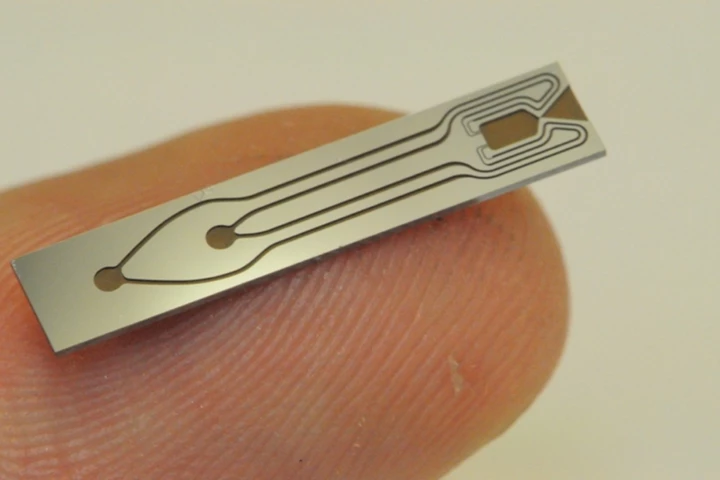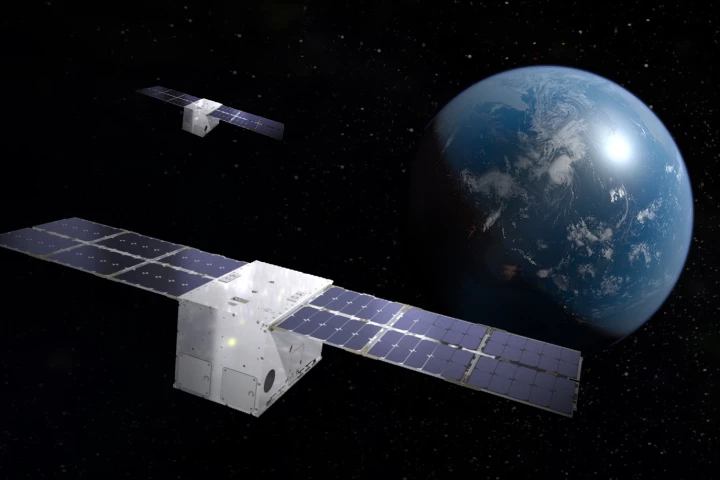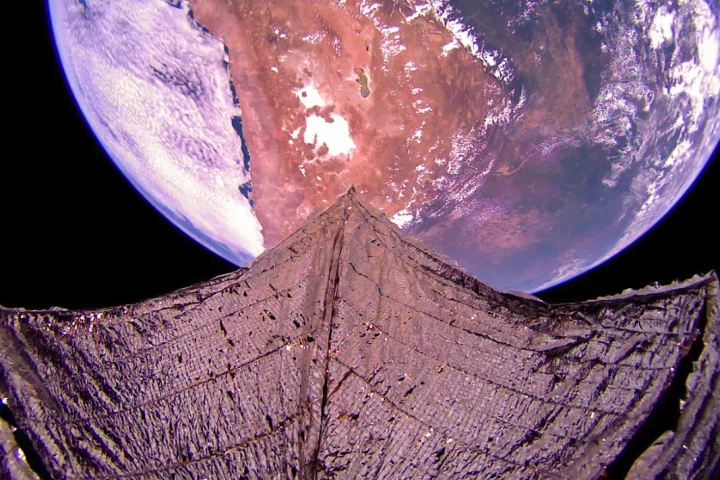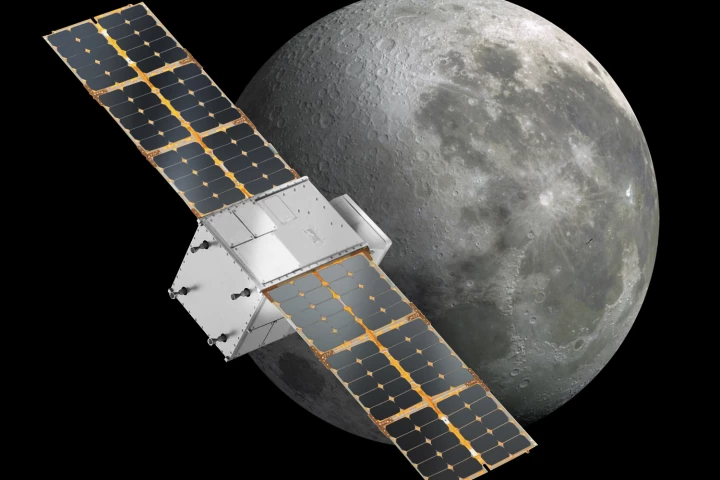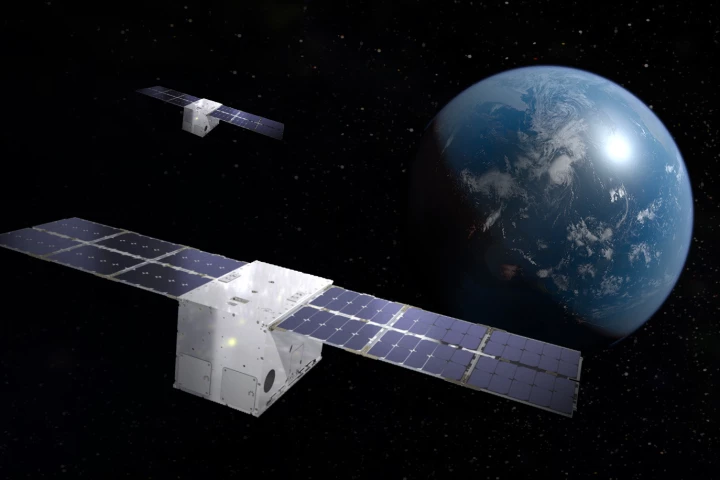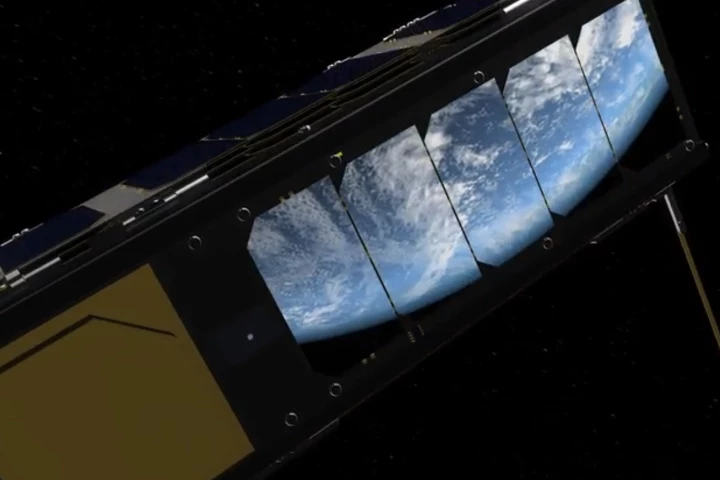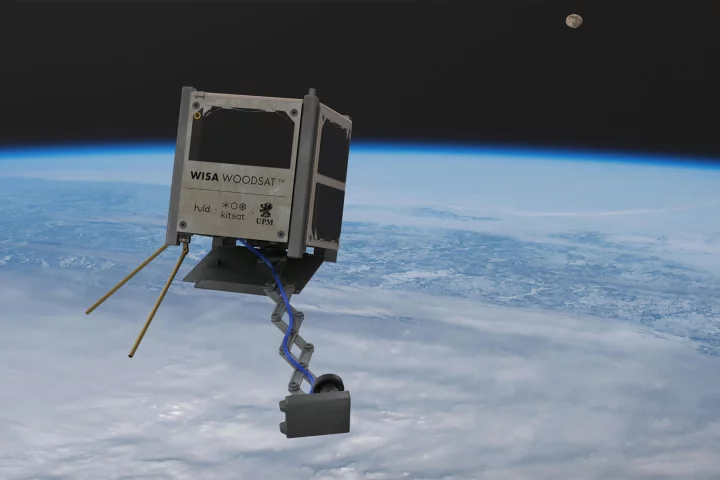CubeSat
-
Dark matter is thought to outnumber regular matter by a factor of five to one – so why can’t we find the stuff? A new study proposes looking for it from space, using a satellite containing a levitating piece of graphite and a laser.
-
Imperial College is developing a rocket thruster called the Iridium Catalysed Electrolysis CubeSat Thruster (ICE-Cube Thruster) that is so small that it can only be fabricated using techniques originally designed for making silicon chips.
-
In an autonomous orbital ballet, Lockheed Martin's In-space Upgrade Satellite System completed a demonstration of how highly automated CubeSats can upgrade and service increasingly common constellations of small satellites.
-
A small satellite developed by MIT engineers has set a new record for data transmission between a satellite and Earth. The TeraByte InfraRed Delivery (TBIRD) system used a laser to beam huge amounts of data at up to 100 gigabits per second.
-
After three years circling the Earth, the Planetary Society’s LightSail 2 mission has come to an end following a fiery reentry. The satellite was an important tech demo for solar sailing, which could eventually propel spacecraft to other stars.
-
The Cislunar Autonomous Positioning System Technology Operations and Navigation Experiment lunar mission looks like it's back on track after a day of suspense as NASA and contractor Advanced Space re-establish radio contact with the CubeSat probe.
-
Lockheed Martin is looking to give diminutive CubeSats a pretty big job – regularly updating existing satellite constellations in orbit. LINUSS is a new CubeSat family designed to demonstrate technologies to perform such tasks.
-
On June 26, ESA's OPS-SAT space lab went into Earth orbit with a computer running the European Ground System – Common Core (EGS-CC) "space brain" software that will be common to all European space missions from 2025.
-
As hypersonic missiles rapidly move toward becoming practical weapons, the problem of how to counter them is also on the agenda. The US Department of Defense developing a CubeSats-based system to track these missiles in all phases of their flight.
-
Virgin Orbit has followed on from its first trip to space back in January, with a mission that now marks the beginning of its commercial satellite launch service after successfully carrying seven CubeSats into orbit on Wednesday.
-
A first-of-a-kind spacecraft is set to make history later this year, but will do so using materials you could find at your local hardware store. The world's first wooden satellite is set to enter orbit as a box made largely of birch plywood.
-
It was the second time's a charm as Virgin Orbit's airdropped LauncherOne rocket put 10 NASA payloads into orbit on the second attempt in less than eight months, sending 10 NASA CubeSat payloads into low-Earth orbit under the Launch Services Program.
Load More

